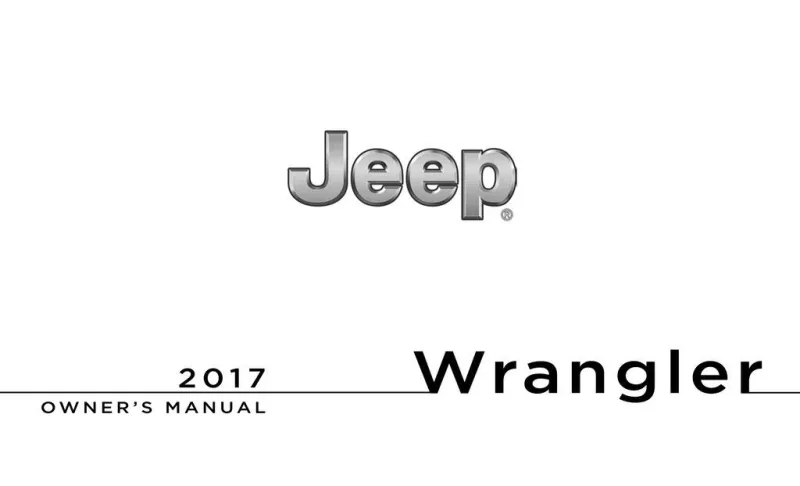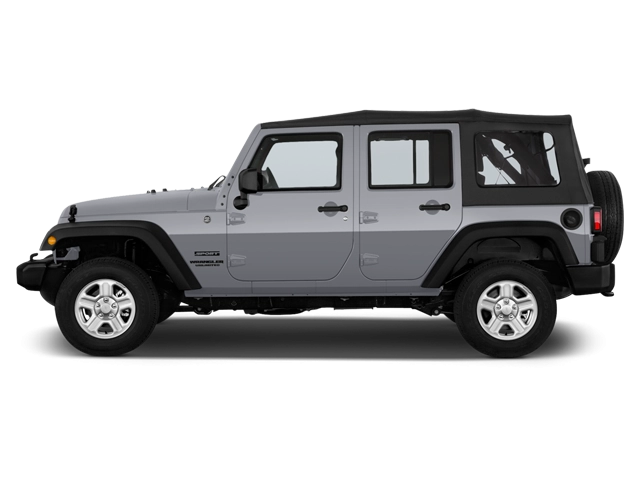2017 Jeep Wrangler Owner's Manual

Table of Contents
2017 Jeep Wrangler Overview
Introduction
The 2017 Jeep Wrangler is the quintessential off-road vehicle, designed for adventure seekers and outdoor enthusiasts alike. With its iconic design and rugged capabilities, the Wrangler continues to embody the spirit of freedom that Jeep is famous for. This model is a celebration of versatility, offering a blend of classic charm and modern functionality, making it ideal for both daily commutes and off-road escapades.
Powertrains
This year’s Wrangler is powered by a robust 3.6-liter V6 engine that produces 285 horsepower and 260 lb-ft of torque, ensuring commendable performance both on and off the beaten path. The engine is mated to a six-speed manual transmission as standard, while an optional five-speed automatic transmission provides a more relaxed driving experience. The Wrangler’s 4x4 system is intuitive, allowing drivers to tackle any terrain with ease and confidence, making it a reliable companion for trail-blazing adventures.
Trims
The 2017 Wrangler is available in several trims to suit various preferences: the base Sport, the mid-range Sport S, the more rugged Sahara, and the trail-ready Rubicon model. Each trim offers different levels of comfort, technology, and off-road enhancements, allowing buyers to select a configuration that best matches their lifestyle and aspirations.
Features
Owner's Manual
User manual download
The Jeep Wrangler owner manual for the 2017 model year is to be found in PDF downloadable format on this page. The owner manual for the model year 2017 is free and in English, but the repair manuals are usually not easy to get and may cost more.
Manual Questions
Fill the form below and someone will help you!

